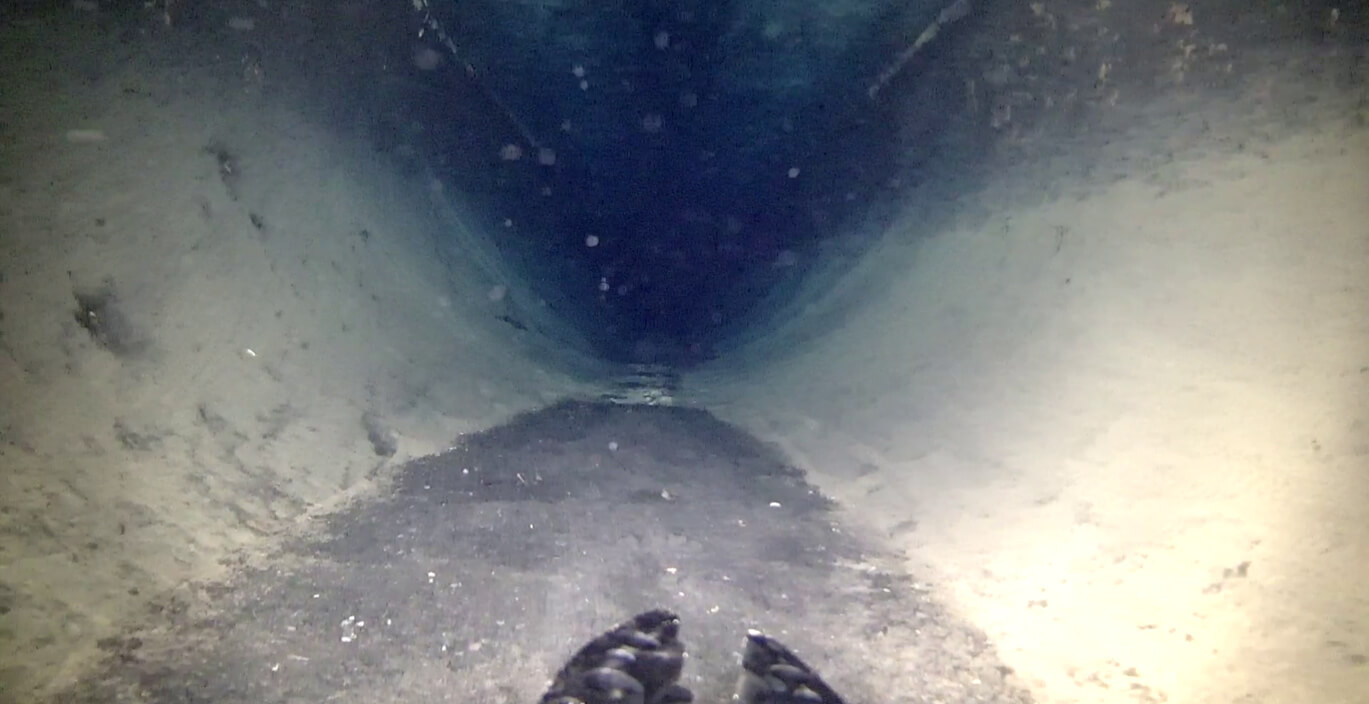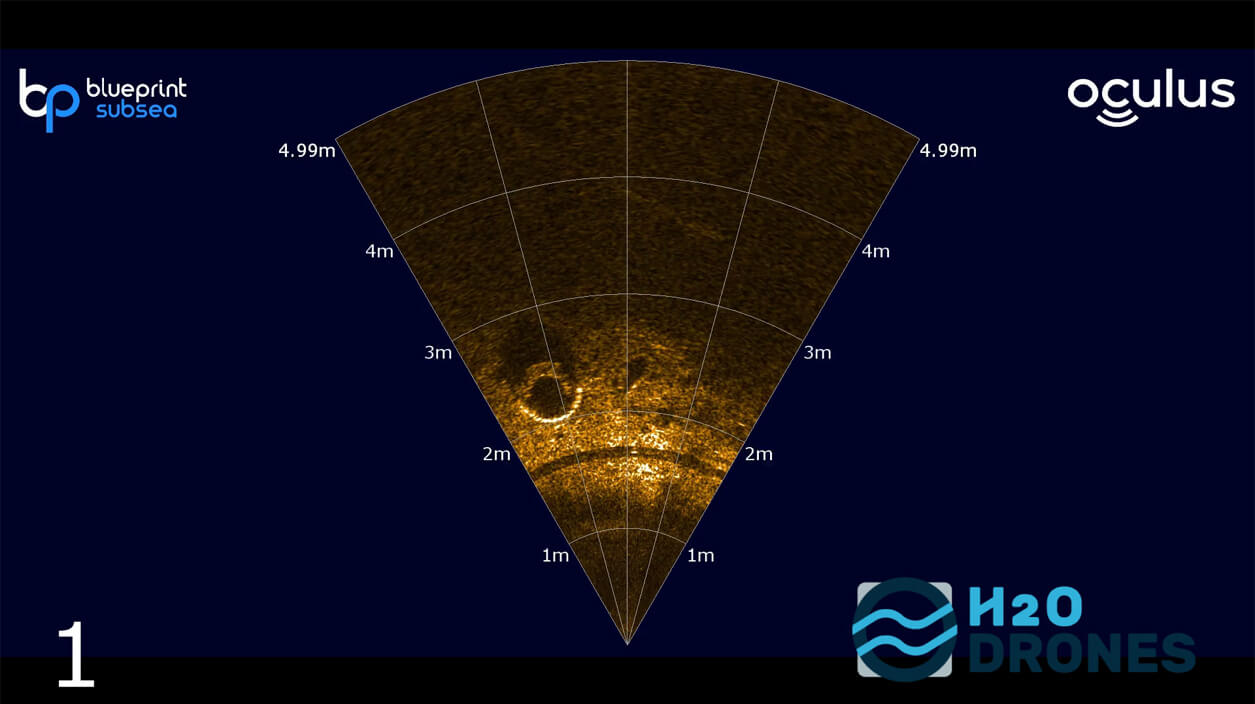Underwater drones can be used for many purposes within the infra branch.
In order to make this demonstrable what our drones can do, we are currently in the process of performing a test program, together with the Ministry of Waterways and Public Works, where the underwater drone is used for various applications, under diverse circumstances. For example your assets can be inspected under water in a safe and durable way without the need to make used of divers.
For example piers, fendering and dam walls can be inspected easily. And what about wet lines, pumping stations and sumps under ground level that can now be inspected effortlessly by use of the underwater drone without needing to pump them dry?
With an underwater drone, stretches of pipelines larger than 250 mm can be inspected without taking them out of the production process.
The underwater drone has been applied relatively recently in the infra world. As such, the product is still relatively unknown. As a result, some clients are still a bit reluctant towards the underwater drone. Our partners in the Infra are struggling with the question for which purposes the underwater drone can be sensibly deployed.
These test results will provide a clear under water image of the usability of the underwater drone within the Infra. The results of this test program are expected to be published, bundled in a report by the end of 2020.
If you are interested in what our drones can do, contact us here for a consultation or free demonstration. Or follow us on LinkedIn to stay on top of our developments.













